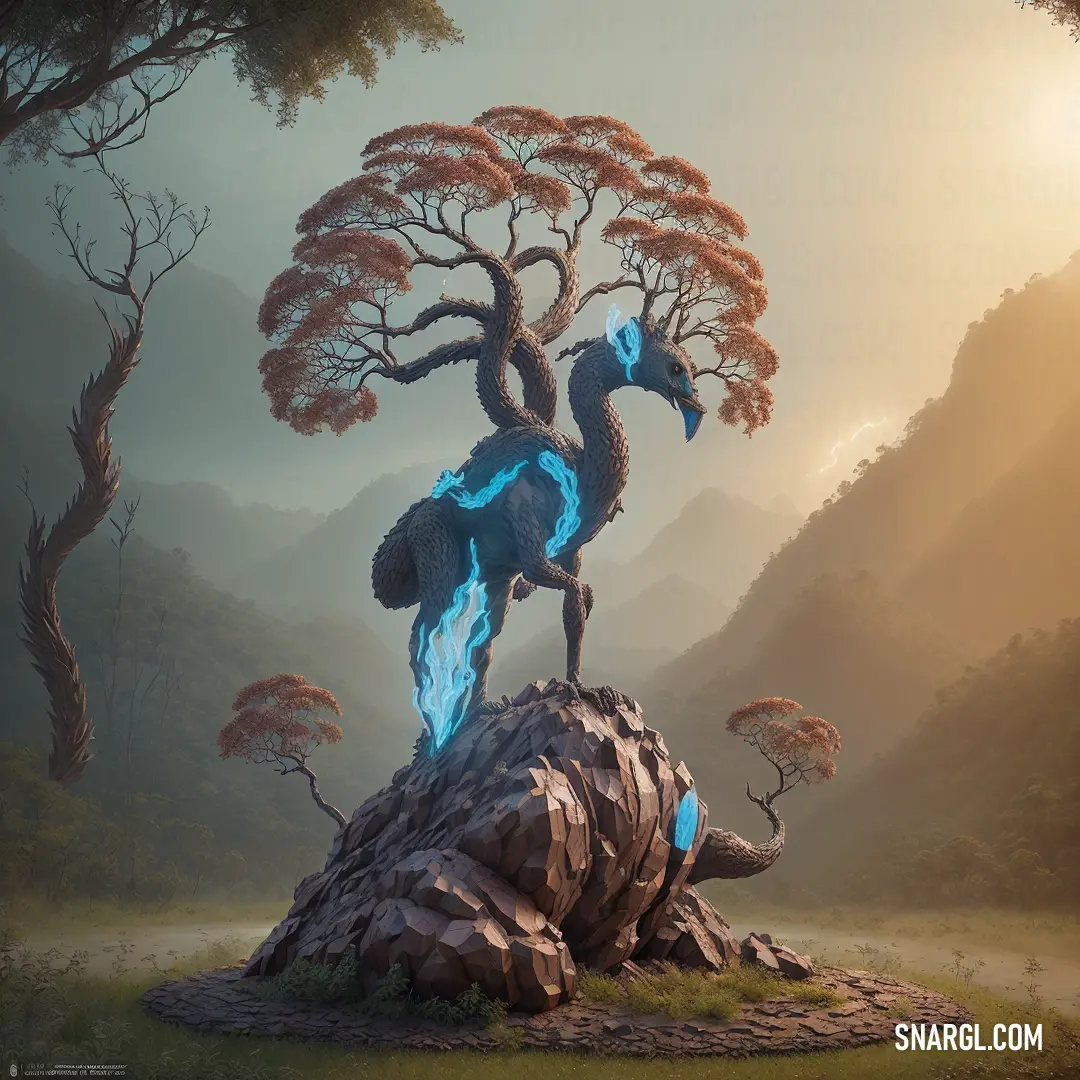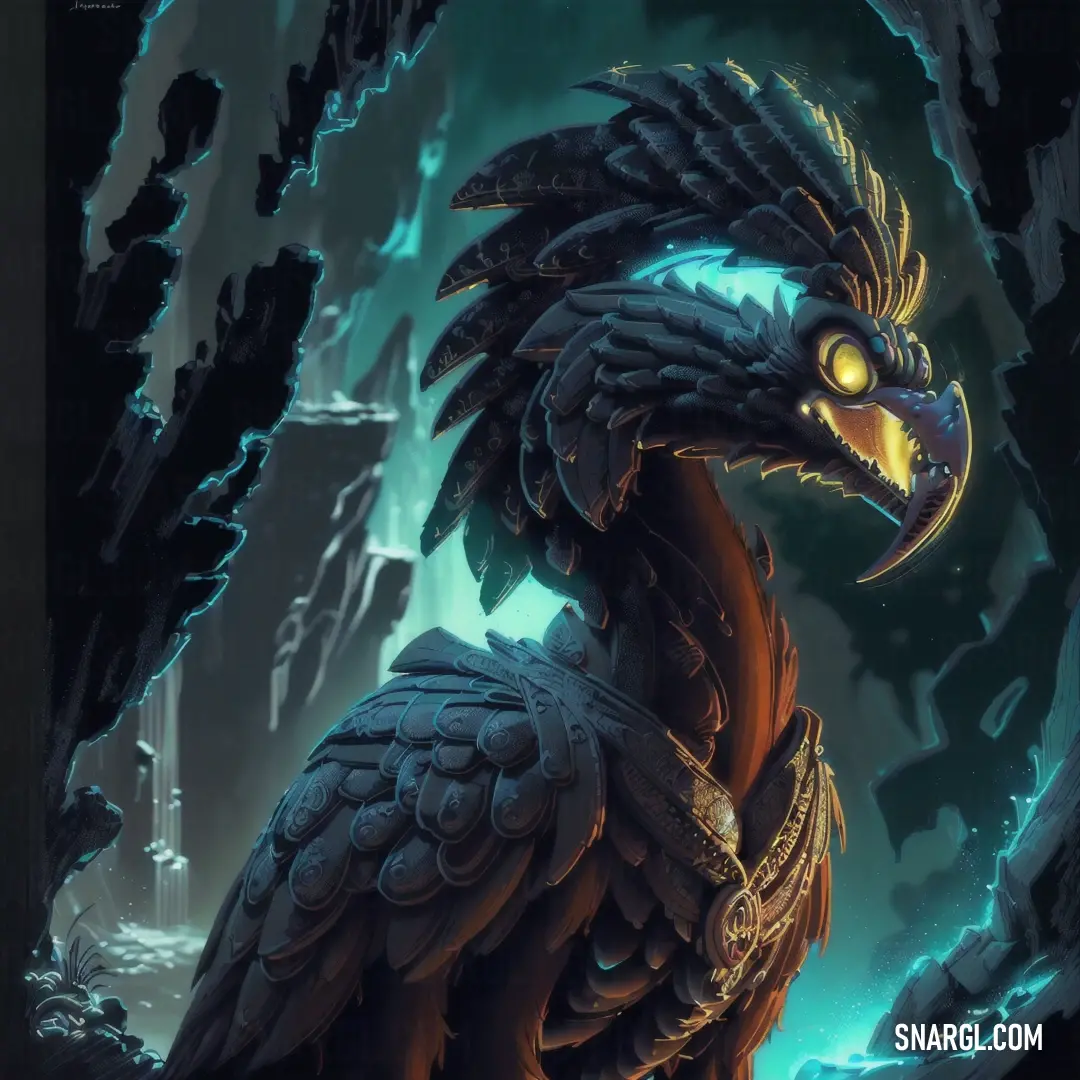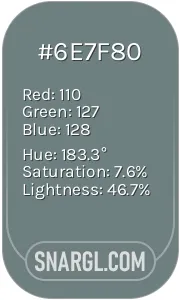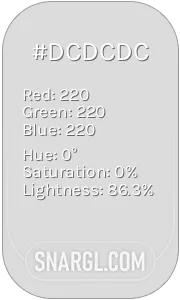
Aratinga
What kind of animal is Aratinga?
They are mostly green, with some yellow or orange feathers on their head and belly.
These parrots have a black beak and a long tail.
Aratingas are social and often seen in groups in the wild.
In Brazil, they are called jandaia or jenday.
Some of the species in this genus are popular pets, because they are colorful and intelligent.
However, they need a large cage and a lot of attention, as they are very active and noisy.
Aratingas can also be destructive, as they like to chew on wood and other materials.
They can live up to 30 years in captivity.
There are six species of Aratinga, according to the latest classification.
They are:
Sun parakeet (Aratinga solstitialis): The most colorful species, with bright yellow and orange plumage and blue wings and tail.
It is native to northeastern South America, but it is endangered due to habitat loss and illegal trade.Sulphur-breasted parakeet (Aratinga maculata): A yellow and green parrot with a red patch on the forehead and a black eye ring.
This species of parrot is found in Brazil and Suriname, where it inhabits dry forests and savannas.Jandaya parakeet (Aratinga jandaya): An orange and yellow parrot with green wings and back.
It is endemic to Brazil, where it lives in open woodlands and plantations.
Jandaya parakeet is one of the most common pet parrots in Brazil.Golden-capped parakeet (Aratinga auricapillus): A green parrot with a red face and a yellow crown.
It is native to eastern Brazil, where it inhabits humid forests and palm groves.
This species of parrot is vulnerable to extinction due to habitat loss and hunting.Dusky-headed parakeet (Aratinga weddellii): A green parrot with a brownish head and a blue-tipped tail.
It is widespread in western South America, where it lives in various habitats, from lowland forests to highland grasslands.
Aratinga weddellii is also known as Weddell's conure or dusky-headed conure.Nanday parakeet (Aratinga nenday): A green parrot with a black face and a blue wing patch.
It is native to southern South America, where it inhabits open woodlands and grasslands.
This species of parrot has also been introduced to some parts of the United States and Europe, where it is considered an invasive species.
Nanday parakeet is also known as nanday conure or black-hooded parakeet.
They require a lot of care and commitment, as well as a suitable environment and diet.
In addition, these parrots are very noisy and can disturb neighbors and other pets.
Before getting an Aratinga parrot, one should do a lot of research and make sure they can provide for its needs and well-being.
Example of the color palette for the image of Aratinga

See these colors in NCS, PANTONE, RAL palettes...
Example of the color palette for the image of Aratinga

See these colors in NCS, PANTONE, RAL palettes...
What is the animal Aratinga known for?
Aratinga is a genus of South American parrots, also known as conures.
They are known for their bright colors, mostly green, yellow, or orange, and their social and vocal behavior.
These birds are commonly seen in groups in the wild, and some species are popular as pets.
Aratinga means "bright bird" or "bright parrot" in the extinct Tupi language of Brazil.
Some examples of Aratinga species are the sun parakeet, the jandaya parakeet, the golden-capped parakeet, the nanday parakeet, and the dusky-headed parakeet.
These parrots feed on seeds, fruits, nuts, berries, flowers, and buds.
They are also very intelligent and can learn to mimic sounds and words.
Aratinga parrots have a lifespan of about 20 to 30 years in captivity, depending on the species and the care they receive.
These parrots are very active and playful, and need a lot of space and toys to keep them entertained.
They need regular social interaction with their owners or other birds to prevent boredom and loneliness.
Aratinga parrots can be very noisy and sometimes aggressive, especially during breeding season.
They may not be suitable for people who live in apartments or have close neighbors.
These birds also require a varied and balanced diet, fresh water, and veterinary check-ups to stay healthy.
Example of the color palette for the image of Aratinga

See these colors in NCS, PANTONE, RAL palettes...
Where does the Aratinga live?
Aratingas, a genus of South American conures, are vibrant parrots found in various habitats.
They are predominantly green, with some species being yellow or orange.
These social birds often form flocks and are seen in groups in the wild.
Their natural habitats include mangroves, jungles, and palm groves, where they are known to be territorial.
They perform courtship rituals and vocalize to defend their territories.
Nests are typically located in tall trees, where they lay a couple of eggs.
Some species, like the Aratinga solstitialis, are native to northeastern South America and nest in palm cavities in tropical regions.
Example of the color palette for the image of Aratinga

See these colors in NCS, PANTONE, RAL palettes...




 Outer Space
Outer Space AuroMetalSaurus
AuroMetalSaurus Onyx
Onyx Ash grey
Ash grey Gainsboro
Gainsboro Camouflage green
Camouflage green Dark gray
Dark gray Dark lava
Dark lava Carolina blue
Carolina blue Zinnwaldite
Zinnwaldite




 Pang
Pang Beau blue
Beau blue MSU Green
MSU Green Moonstone blue
Moonstone blue Dark sienna
Dark sienna


 Pale copper
Pale copper Cadet blue
Cadet blue Dark slate gray
Dark slate gray Drab
Drab
